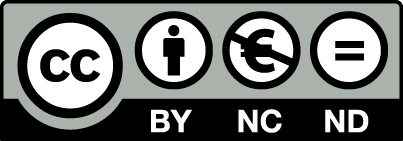The use of vegetation is a sustainable technique to mitigate the risk of landslides and erosion phenomena. The reinforcement of roots on soils is complex and depends on their morphological and mechanical characteristics and the stresses that develop at the soil–root interface. Many models have been produced in literature to infer the increase in soil shear/tensile strength due to roots. However, many of these models give limited consideration to the effects of soil hydraulic conditions and soil volume changes.
Large cell triaxial compression tests, oedometer test, uniaxial tensile tests and volume change tests upon drying were carried out to explore the mechanical effects of vegetation on a compacted soil at low confining stresses and at different hydraulic states. Root features were assessed through X-ray tomography for each soil specimen in order to compare the different laboratory tests carried out.
Different stress-strain responses were observed during the mechanical tests, depending on the hydraulic state of the specimens. Two soil reinforcement mechanisms were observed (roots breakage and slippage), particularly in uniaxial tensile tests. Such mechanisms in turn impacted the mechanical behaviour of the vegetated soil. Volume change behaviour and microstructural effects of roots on soil influenced the macrostructural mechanical response, too. Despite an increase in shear strength, vegetated specimens showed larger volumetric deformations upon shearing and a delayed reinforcement activation, close to saturation.
Results were jointly interpreted within the Barcelona Basic Model, allowing to trace the effects of roots and two hydraulic states on the yielding behaviour of the tested specimens following the different stresspaths presented.
The Open Access version of this proceedings has been made available under a Creative Commons Attribution-Non Commercial-No Derivatives (CC-BY-NC-ND) 4.0 license.
